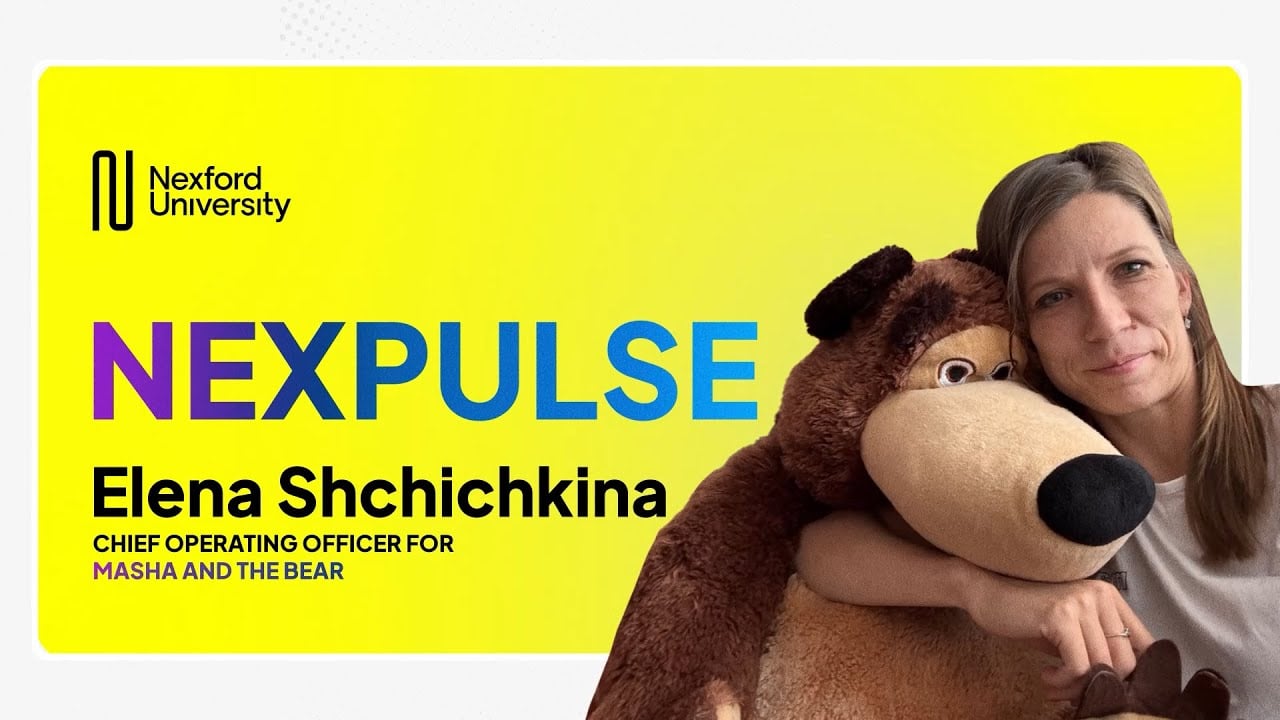An effective team building strategy incorporates many elements, but defining team roles and rewarding excellence can be high up on the list. These methods contribute to creating an environment where employees feel empowered to do their best and feel that they are part of a successful team.
Uniting employees to do their best by creating effective team-building strategies will make your job as a leader so much easier. There are many strategies for team building, but uniting employees means a decreased turnover rate, an increase in employee happiness, and better workplace relationships.

10 Effective Team Building Strategies For Leaders
1. Set the vision and purpose
Ever heard the expression, "clear as mud?" If team members feel that they don't know what they are working toward, you have failed before you've even started. Therefore, to build an effective team and a strong team at that, make it clear what the goal is that the team is trying to accomplish, and what it will take to get there.
Are there any changes you would like to make, create, or improve? How does each team member's role contribute to the success? Teamwork and decision-making are guided by a clear, inspiring vision for the future, giving people a goal to work toward.
2. Set goals for expectations
Building a strong team by setting goals for your entire team is a tricky step. Without that, your team will be blindsided and lost, and not work well together. Some will have a clean slate, and although they may be open to all cultures, setting expectations and ground rules is important.
Make sure that the team knows the kind of environment and company culture they are expected to maintain. It will avoid any confrontations and conflicts and keep everyone happy.
3. Assemble your team
Assembling a team is a crucial step in the effective team building process for leaders. It contributes to the overall team building strategies by; defining roles and skills, creating a diverse and inclusive team, building rapport and trust, balancing personalities and roles, leveraging strengths and opportunities, and establishing team norms and expectations.
Overall, assembling a team plays a critical role in the team building strategies of leaders. It allows for careful selection, collaboration, and the establishment of a strong foundation that sets the team up for success.
By considering various factors during the assembly process, leaders can create a cohesive and motivated team that is well-positioned to achieve its goals.
4. Determine the goals
Determining the goals and objectives is where you step up to your responsibility by educating your team regarding their goals and targets. Breaking the vision into facile and manageable jobs with milestones and achievements will help you lead the team toward success.
To help the team to achieve their best, take time to know each member and explain the goals, invest in team-building events, or bonding exercises that can bring everyone on the same page.
Reinforcement of goals through weekly meetings, brainstorming sessions, and knowledge-sharing discussions is also a good way to ensure a smooth process within your team, and opens lines of communication.
5. Rekindle relations in the team
For a friction-free environment, it is important to engender relations within the team and ensure that the team is working well and pulling in the right direction. Respecting team members and colleagues without bigotry is the key to building bonds and moulding a high-performance and thriving team.
6. Monitor and review
Part of building an effective team is monitoring and reviewing which are essential to evaluate the team's performance and progress towards achieving their goals, especially with newer team members.
This will help to hold people accountable for their actions and ensure that the best teams are always aware of the part of team building that they are responsible for.
7. Conflict management strategy
Conflict management strategies play a crucial role in effective team building for leaders. By addressing conflicts in a constructive and proactive manner, leaders can foster a positive team environment, enhance communication, and promote collaboration.
There are several ways in which conflict management strategies can contribute to effective team building, by resolving differences, promoting collaboration, enhancing collaboration, building trust and relationships, and encouraging innovation and growth.
By adopting proactive approaches to conflict resolution, leaders can create a harmonious and high-performing team environment where individuals can thrive and achieve their full potential.
8. Consensus is key
Consensus plays a significant role in effective team building strategies for leaders. It refers to a collective agreement or a general alignment of opinions and decisions within a team. When leaders prioritize consensus-building, they promote collaboration, inclusivity, and team cohesion.
There are several ways in which consensus contributes to effective team building and they include; shared ownership and commitment, trust and respect, collaboration and cooperation, and enhanced decision-making.
By valuing and integrating the diverse opinions and contributions of team members, leaders create a cohesive and high-performing team that is capable of achieving its objectives and adapting to new challenges.
9. Celebrate, acknowledge and reward
A simple thank you can take you a long way during team-building exercises and is one of the most simple, yet effective strategies for building happy and productive teams. Recognizing and appreciating the efforts and achievements of team members not only boosts morale and motivation but also strengthens the bonds within the team.
By recognizing and appreciating the efforts of team members, leaders create a culture of appreciation, support, and collaboration, resulting in a high-performing and cohesive team.
10. Master conflict resolution
Mastering conflict resolution is a crucial skill for leaders and contributes significantly to effective team building strategies. Conflict is inevitable in any team, and how leaders handle and resolve conflicts can have a profound impact on team dynamics, collaboration, and overall performance.
In in a nutshell, mastering conflict resolution skills contributes to effective team building strategies for leaders by improving communication, preventing and addressing conflicts, building trust, promoting collaboration and problem-solving, fostering a positive team culture, and supporting personal and professional growth.
Leaders who can effectively manage conflicts create an environment where team members feel valued, supported, and motivated to work together towards shared goals.
Conclusion
Besides many other important business factors that affect any business, teamwork can arguably be the most crucial. If everyone is pulling in the same direction, get on with each other, and know exactly what their role is in achieving a shared goal, that is half the battle won to ensure that all team members work in harmony.
Teamwork is one of the collective activities that can improve efficiency and productivity, increase the ability to solve problems, unlocks the potential for innovation, makes for happier employees, lowers the risk of burnout, and allows for smarter risk-taking.
Effective teamwork can be taught by leaders, but first leaders need to be taught how to lead with a leadership and organizational development course, and a leadership management and teams course, at a modern online university like Nexford that offers MBA and BBA programs.
On the leadership management and teams course, learners evaluate the importance of team dynamics on organizational effectiveness, productivity and communication within an organization, and identify the stages of team development and the role of the leader and the follower.
Discover how you can acquire the most in-demand skills for leadership and thereby effective team management with our free report, and open the doors to a successful career and organization that you apply your trade at. Download the free report today!

FAQs
What is team building?
Indeed maintains that team building is defined as the process of using daily interactions, activities and exercises to organize a group of people into a cooperative and cohesive group.
The goal is to encourage members to work together to accomplish shared objectives, ultimately making your company more effective. It includes the team culture and norms, which influence how the team members interact daily, as well as structured activities to improve team bonding intentionally.
What are the 5 C’s of team building?
A great way to help your team come together is to strive for the five C's, communication, camaraderie, commitment, confidence and coachability. When you begin working on each of these areas, you will notice significant changes to your teammates and yourself.
On the surface, it’s a simple framework but in practical application, it can really change the game for teams and leaders.
What are the 4 pillars of effective team building?
The four pillars of effective team building are, setting clear goals and roles, encouraging trust and open communication, building a culture of collaboration and cooperation, and recognizing the contribution of people and supporting them in their endeavours. These four pillars work together to create a foundation for effective team building.
Clear goals and roles provide direction, trust and communication foster open and productive interactions, collaboration and cooperation promote teamwork and synergy, and recognition and support cultivate a positive and supportive team environment.
By focusing on these pillars, leaders can foster a cohesive and high-performing team capable of achieving shared goals and objectives.
Why is it crucial that a leader knows effective team building strategies?
It is crucial for a leader to know effective team building strategies because they directly impact the success and performance of the team.
A leader's knowledge of effective team building strategies is crucial because it enables them to foster collaboration, maximize individual strengths, build trust and relationships, promote innovation, resolve conflicts, and retain and develop talent.
By employing these strategies, leaders can create high-performing teams that are motivated, cohesive, and capable of achieving shared goals and long-term success.
What’s are the pros of an effective team?
Research shows that collaborative problem-solving leads to better outcomes by allowing people to work effectively together. People are more likely to take calculated risks that lead to innovation if they have the support of a team behind them.
Working in a team encourages personal growth, increases job satisfaction, and reduces stress. There are many pros to creating and cultivating an effective team.
These are, shared responsibility, effective problem solving, building stronger professional relationships, and creating a platform for quality leadership.
What’s are the cons of an ineffective team?
An ineffective team can have several negative consequences that can hinder the team's performance, productivity, and overall success.
They are; low productivity, poor quality outputs, low morale and engagement, lack of innovation and creativity, increased conflicts and tension, and missed deadlines and targets.
In a nutshell, an ineffective team can experience low productivity, poor quality outputs, low morale and engagement, a lack of innovation, increased conflicts and tension, missed deadlines and targets, and difficulty retaining talent.
It is essential to address the underlying issues and implement effective team-building strategies to overcome these cons and foster a high-performing and successful team.
Subscribe to our newsletter
Don't miss out on our latest updates.
Unlock Your Potential: Explore Our Programs
Invest in yourself and your future. Discover our range of degrees, courses, and certificates to achieve your goal







